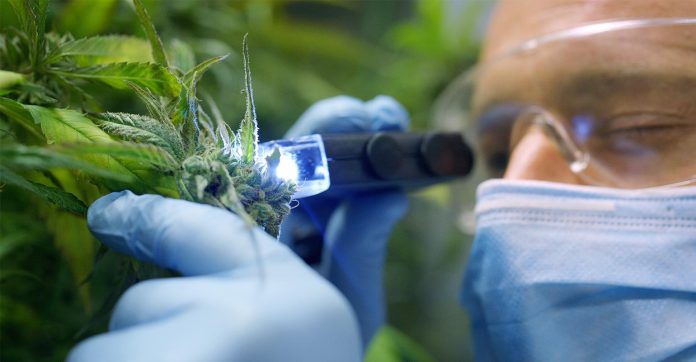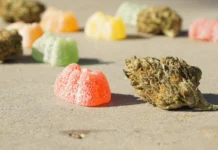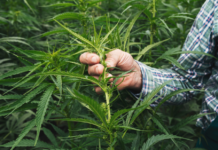With the legalization of cannabis expanding around the world and scientific studies of its medical and other benefits multiplying, hemp and cannabis testing is becoming crucial for all parties involved. There is a lot of focus on testing these days. There are many areas to cover in the field of hemp and cannabis testing, with testing for internal controls and regulatory purposes.
1. Cannabis And Hemp Testing Recognizes Cannabinoids Profile
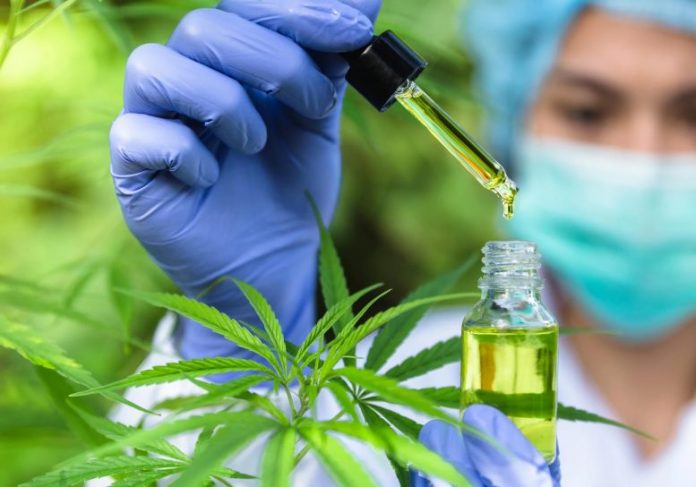
Examining cannabinoid profiles is the most popular test when it comes to cannabis testing. Cannabinoid profile testing reveals the product’s cannabinoid composition. The THC and CBD concentrations are two of the most important things to determine when testing a bud’s profile.
This aids in determining the amount of THC and CBD in the product. When purchasing CBD isolate, for example, make sure there is no THC included. If you’re looking at a Full Spectrum oil, make sure it has less than 0.3 percent THC, which is the legal limit for CBD-only products.
The cannabinoid profile makes it easy to identify which cannabinoids are present in a product and how much of each one is there. Cannabinoids have different chemical compositions and, as a result, different effects. The most obvious difference is that THC produces intoxication while CBD does not. However, many other cannabinoids, including CBD and some lesser-known cannabinoids like CBG and CBN, have qualities that can impact people looking for certain cannabinoids to treat specific diseases and ailments.
If you plan to give a buyer test results, you should offer a test sample representing what you’re selling. Check with your state for instructions on how to submit a test sample for potency compliance testing. You should determine the cannabinoid content of the entire plant, not just the blooms or buds if you’re selling it as biomass.
You can also visit botanacor.com since it aids experts in various ways, including offering crucial information impacting the cannabis market and the regulatory requirements to maintain the legitimacy of each product.
2. Cannabis And Hemp Testing Ensures Human Safety
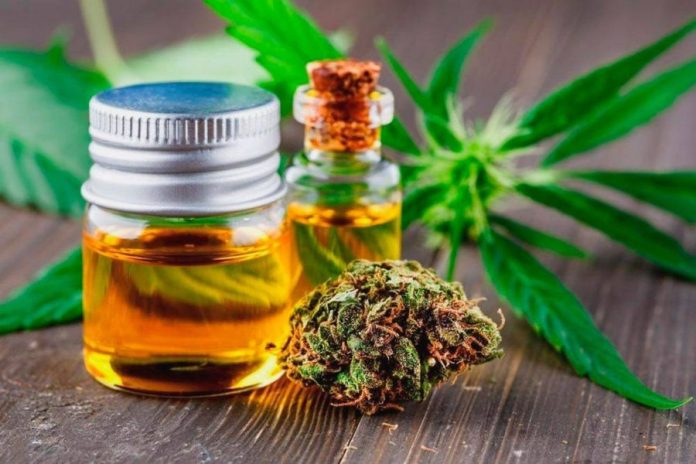
During cultivation, cannabis plants absorb everything they come in contact with, from the minerals and heavy metals in the soil to pesticides that may have made their way into a greenhouse from a neighboring farm. As a result, cannabis products are now screened for any contaminants that may linger in the final flower. Regulatory authorities have set a maximum amount limit for residual solvents, pesticides, heavy metals, microorganisms, and mycotoxins in cannabis test findings.
Pesticides, fungicides, and plant growth regulators are involved in farming cannabis. However, when these remaining compounds are eaten, they pose a risk to a patient’s health. Mold and fungal pollutants can damage anyone who takes medical cannabis, particularly those who suffer from asthma, allergies, or have a compromised immune system.
Similar to grocery store tomatoes or an online shirt, agencies have set acceptable limits for each compound, which are all listed in a cannabis product’s certificate of analysis, which shows lab testing results and allows consumers to ensure that the products they consume are free of unwanted residual solvents, microbiological contaminants, mycotoxins, heavy metals, and other contaminants.
3. Cannabis And Hemp Testing Helps To Determine Potency
The only way to know the cannabinoid content and terpene profile of a cannabis product are to test it. These two criteria are the most crucial to consider when selecting your cannabis for impact, as they will directly influence the experience you will have.
Because cannabis is so heavily influenced by the environment in which it develops, a cultivar cultivated in one region of the world may appear identical to the one grown in another. Yet, it may contain varying quantities of cannabinoids and terpenes, altering your experience. Simply put, the strength and chemical composition of one cultivator’s weed may differ from that of another.
Cannabis testing equipment is used in medical marijuana testing labs to determine its chemical content. A cannabis lab worker, for example, would use a THC testing machine to check for the presence of this psychoactive ingredient. To best predict the effects you may feel, pay attention to the levels of cannabinoids and terpenes content in cannabis prior to using.
4. Pre Planting Hemp Test

Hemp plants can absorb components from the soil, which may contain heavy metals and other chemical agents, as they grow. These plants will grow to become tainted hemp flowers, oils, or isolates if left unregulated. Lead, cadmium, arsenic, and mercury are the most poisonous, causing kidney failure, vomiting, low blood pressure, and seizures, to mention a few, and you would not like to take this chance. Companies must offer a high-quality CBD hemp product that is safe, clean, and effective.
Testing before planting is the best approach to ensure a safe product and peace of mind. Fortunately, if your soil is contaminated, you can scrape or treat it to remove the metal pollution and restore your soil’s health.
A pesticide test will examine chemicals often used in agriculture that could be dangerous to humans. Pesticide testing should be done at both the farmer’s and the land level to guarantee that there is no runoff or leftover chemicals from prior growth that may have occurred on the property, even if the cultivator does not use pesticides while growing the crop. A good cultivator will make sure the ground they’re using is clean and that the plants they’re farming generate healthy flowers.
Conclusion
Understanding what the tests tell you, or don’t, is just as crucial as testing. Testing should take place at every stage of the product development process. Cultivators should test their plants for purity by ensuring that their land is free of contaminants like heavy metals and pesticides.
Companies should also evaluate the cannabinoid profiles of their plants to ensure that they meet the purpose for which they were grown. The end product must have a cannabinoid profile test to ensure you are getting what you pay for. The test will show you the end profile after extraction as well as any flaws in the manufacturing process since they are farmed in soil.
